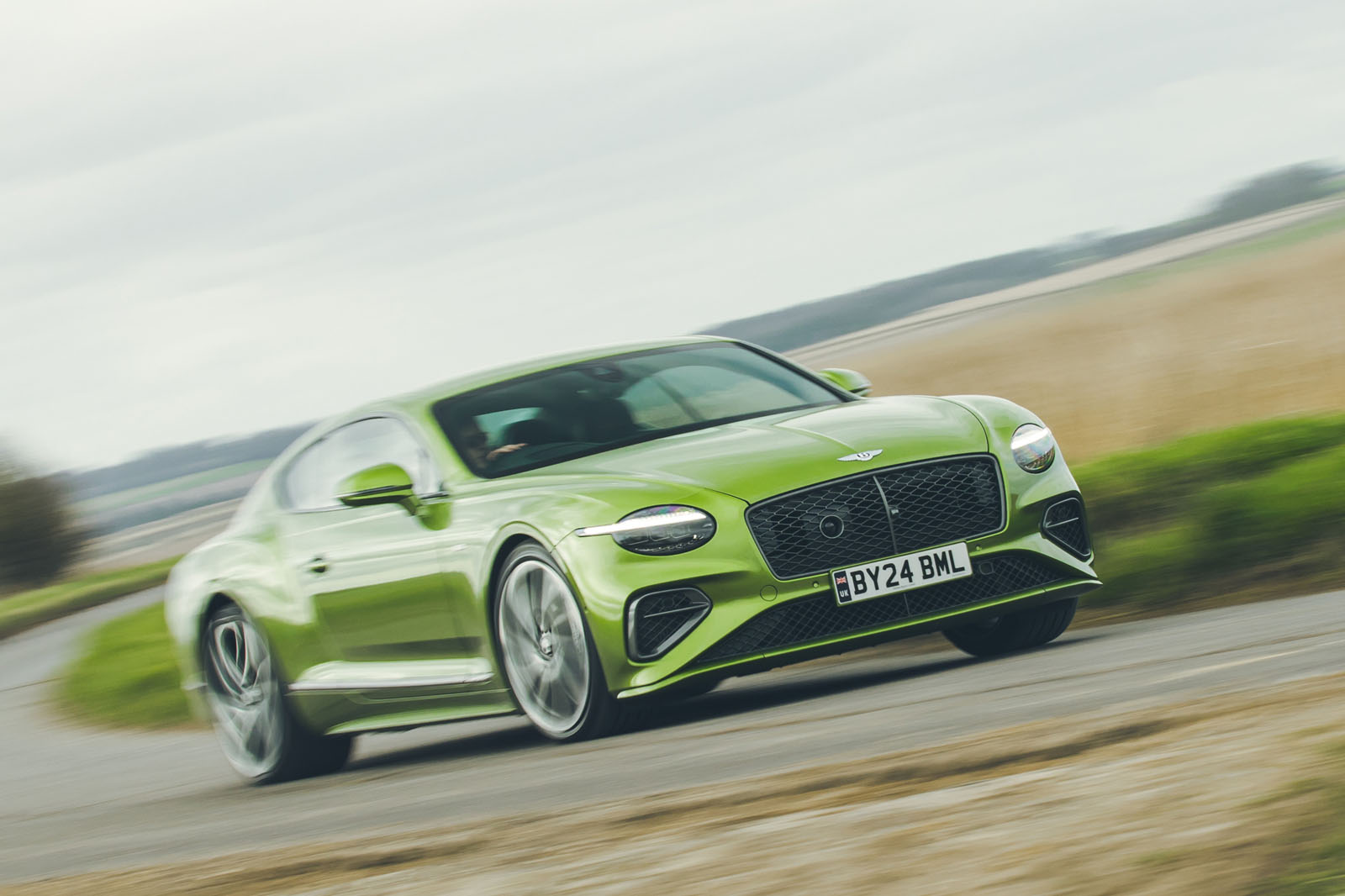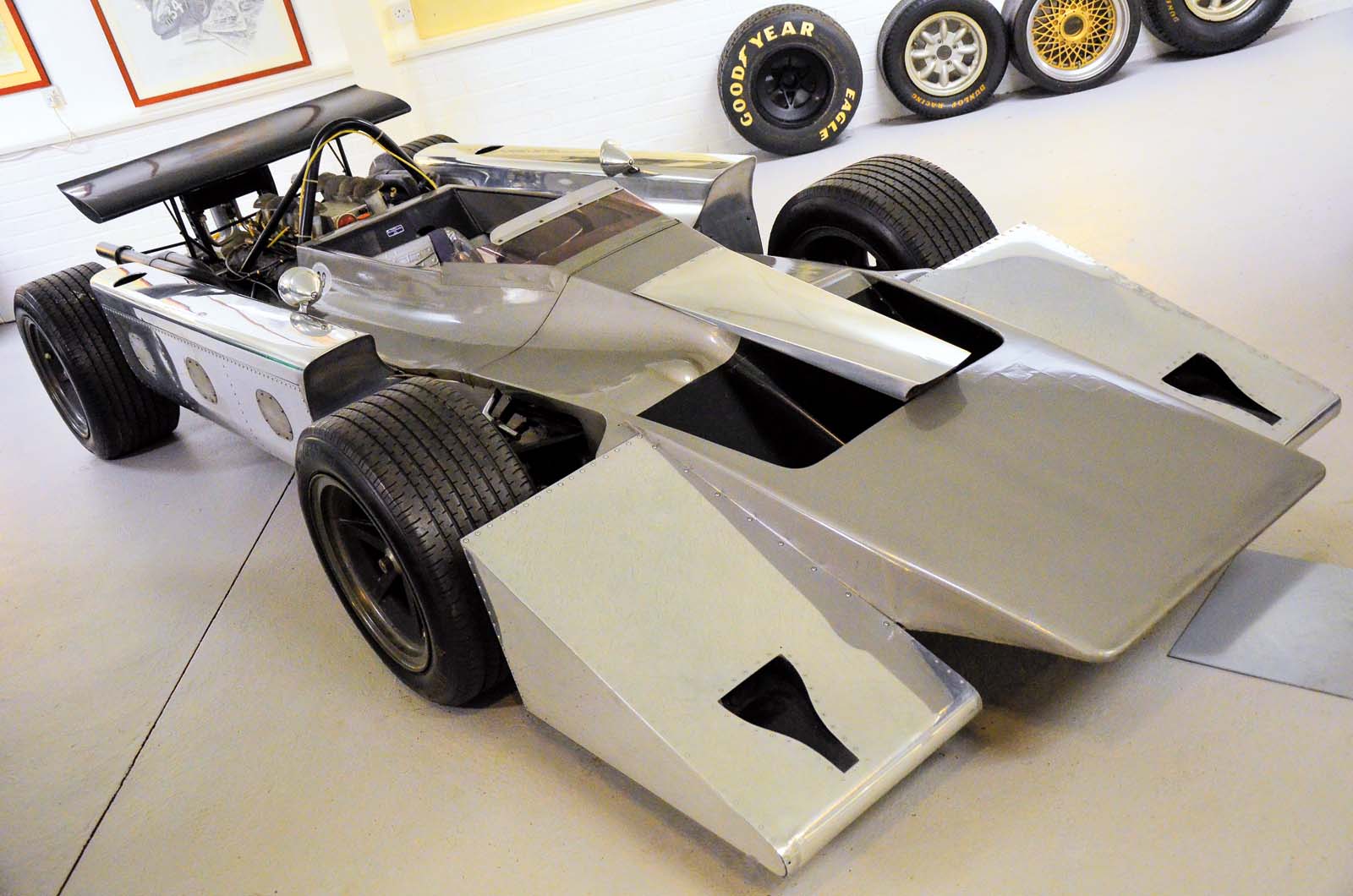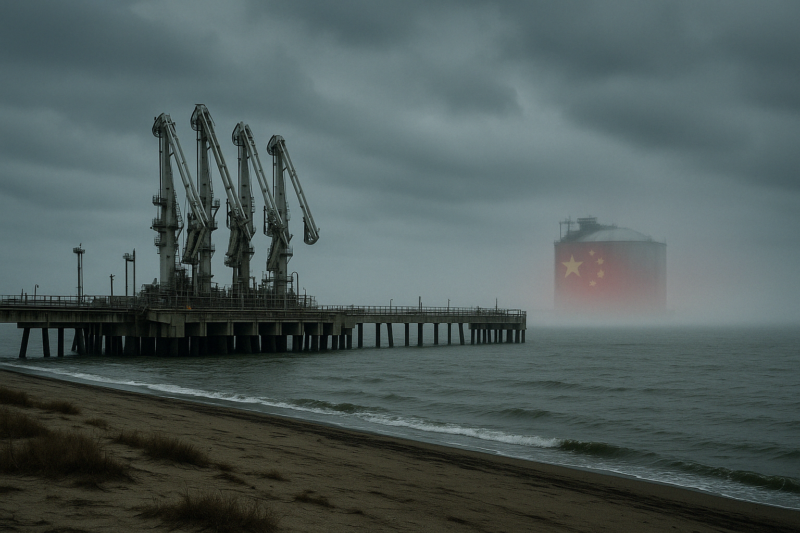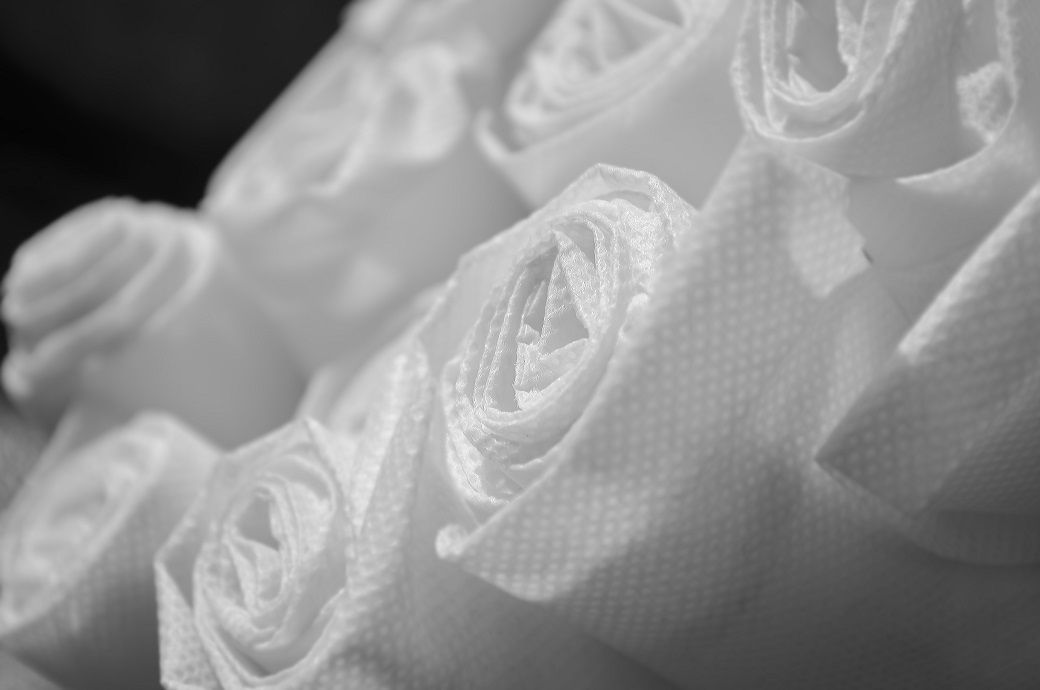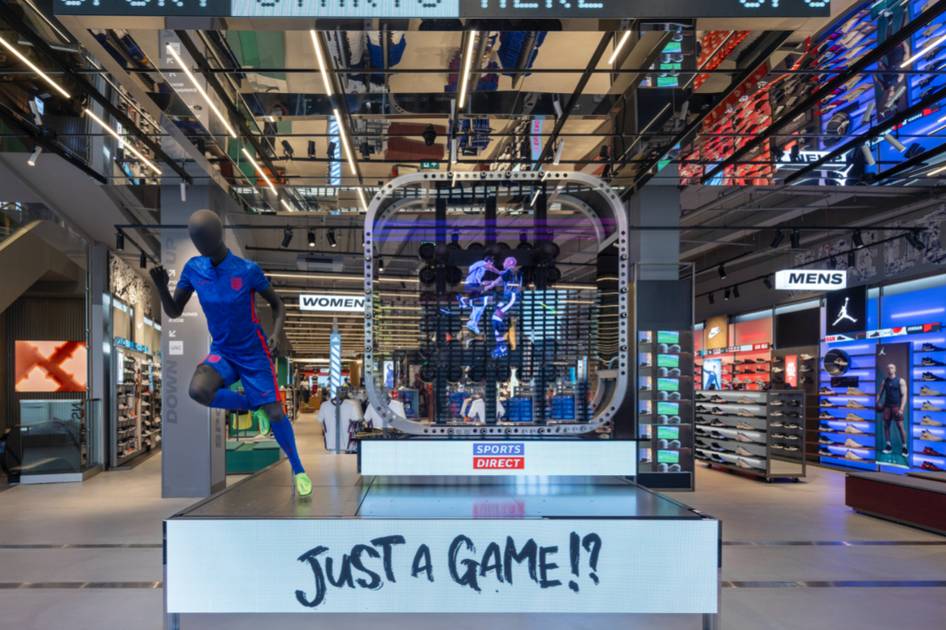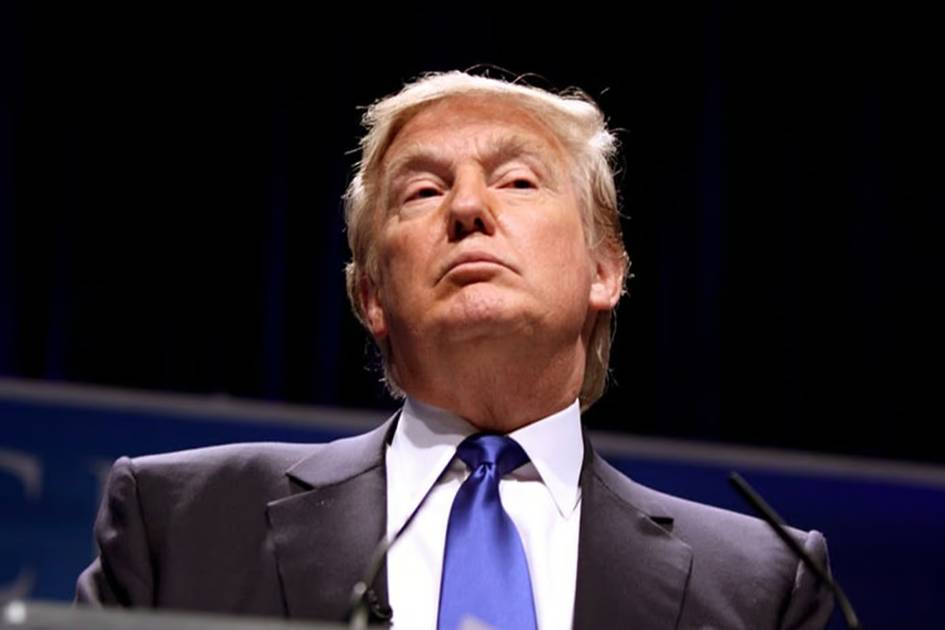Louis Vuitton's Texas facility highlights US manufacturing hurdles
Louis Vuitton pop-up in Barcelona Credits: Louis Vuitton French luxury group LVMH's Louis Vuitton workshop in Texas is reportedly facing significant operational difficulties, underscoring the complexities of establishing high-end artisanal production within the US compared to established manufacturing regions. According to a Reuters report citing 11 former employees, the facility, opened in 2019, has struggled with skilled labour shortages and quality control, ranking among the brand's lower-performing sites globally. The core challenge appears to be replicating the specialised craftsmanship traditionally found in European ateliers. Sources told Reuters the Texas site experienced difficulties training staff to meet Louis Vuitton's exacting standards, leading to high material waste – reportedly up to 40 percent for leather hides on occasion – and challenges in producing even standard handbag components efficiently. Louis Vuitton’s industrial director, Ludovic Pauchard, acknowledged to Reuters that the "ramp-up was harder than we thought it would be." This situation contrasts sharply with the dynamics often seen in manufacturing hubs like China. While China is not typically associated with European luxury leather goods production, its established manufacturing ecosystems offer vast pools of labour accustomed to intricate assembly processes, often at lower wage points than the 17 dollars per hour base pay reported at the Texas facility. The difficulty in sourcing and retaining sufficiently skilled artisans in rural Texas highlights a key difference: building specialised, high-end production capabilities requires a deep-rooted craft tradition or intensive, long-term training infrastructure, which is less readily available compared to regions with decades of scaled manufacturing experience. Despite receiving local tax incentives and initially planning for significant job creation – aiming for 500 hires in five years, later stated as 1,000 by CEO Bernard Arnault, but currently employing just under 300 according to company confirmation to Reuters – the Texas plant's struggles illustrate the high bar for 'Made in USA' luxury goods. While motivated partly by mitigating potential tariffs, the venture shows that replicating the savoir-faire synonymous with brands like Louis Vuitton presents unique hurdles stateside, distinct from the cost and scale advantages often pursued in Asian manufacturing centres. The company maintains, however, that all products meet identical quality standards regardless of origin.
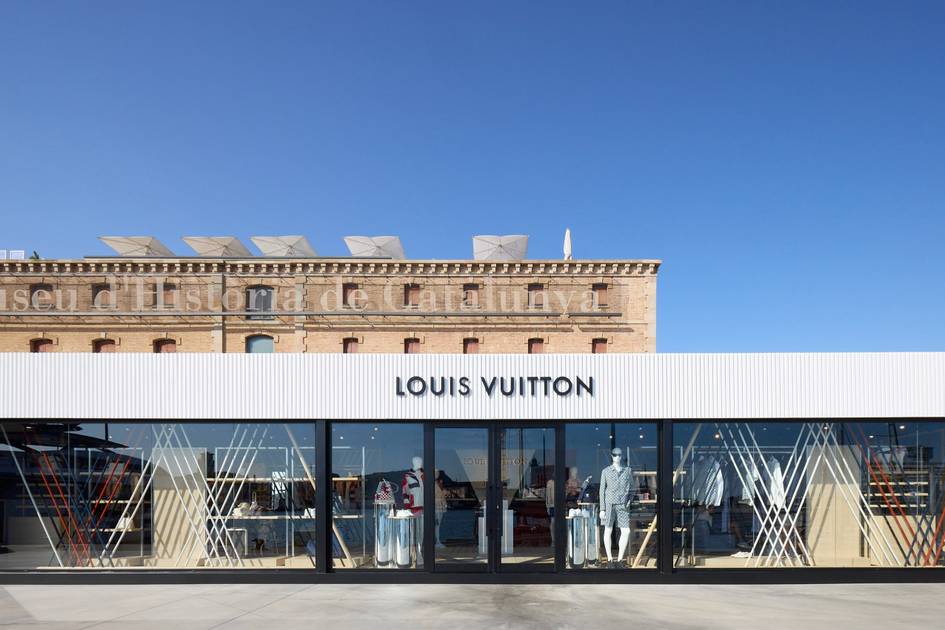
French luxury group LVMH's Louis Vuitton workshop in Texas is reportedly facing significant operational difficulties, underscoring the complexities of establishing high-end artisanal production within the US compared to established manufacturing regions. According to a Reuters report citing 11 former employees, the facility, opened in 2019, has struggled with skilled labour shortages and quality control, ranking among the brand's lower-performing sites globally.
The core challenge appears to be replicating the specialised craftsmanship traditionally found in European ateliers. Sources told Reuters the Texas site experienced difficulties training staff to meet Louis Vuitton's exacting standards, leading to high material waste – reportedly up to 40 percent for leather hides on occasion – and challenges in producing even standard handbag components efficiently. Louis Vuitton’s industrial director, Ludovic Pauchard, acknowledged to Reuters that the "ramp-up was harder than we thought it would be."
This situation contrasts sharply with the dynamics often seen in manufacturing hubs like China. While China is not typically associated with European luxury leather goods production, its established manufacturing ecosystems offer vast pools of labour accustomed to intricate assembly processes, often at lower wage points than the 17 dollars per hour base pay reported at the Texas facility. The difficulty in sourcing and retaining sufficiently skilled artisans in rural Texas highlights a key difference: building specialised, high-end production capabilities requires a deep-rooted craft tradition or intensive, long-term training infrastructure, which is less readily available compared to regions with decades of scaled manufacturing experience.
Despite receiving local tax incentives and initially planning for significant job creation – aiming for 500 hires in five years, later stated as 1,000 by CEO Bernard Arnault, but currently employing just under 300 according to company confirmation to Reuters – the Texas plant's struggles illustrate the high bar for 'Made in USA' luxury goods. While motivated partly by mitigating potential tariffs, the venture shows that replicating the savoir-faire synonymous with brands like Louis Vuitton presents unique hurdles stateside, distinct from the cost and scale advantages often pursued in Asian manufacturing centres. The company maintains, however, that all products meet identical quality standards regardless of origin.

















